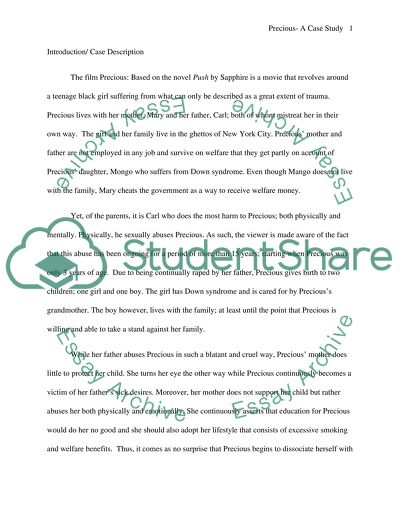Cite this document
(“The Film Precious Term Paper Example | Topics and Well Written Essays - 3250 words”, n.d.)
Retrieved from https://studentshare.org/psychology/1403954-precious-a-case-study
Retrieved from https://studentshare.org/psychology/1403954-precious-a-case-study
(The Film Precious Term Paper Example | Topics and Well Written Essays - 3250 Words)
https://studentshare.org/psychology/1403954-precious-a-case-study.
https://studentshare.org/psychology/1403954-precious-a-case-study.
“The Film Precious Term Paper Example | Topics and Well Written Essays - 3250 Words”, n.d. https://studentshare.org/psychology/1403954-precious-a-case-study.


